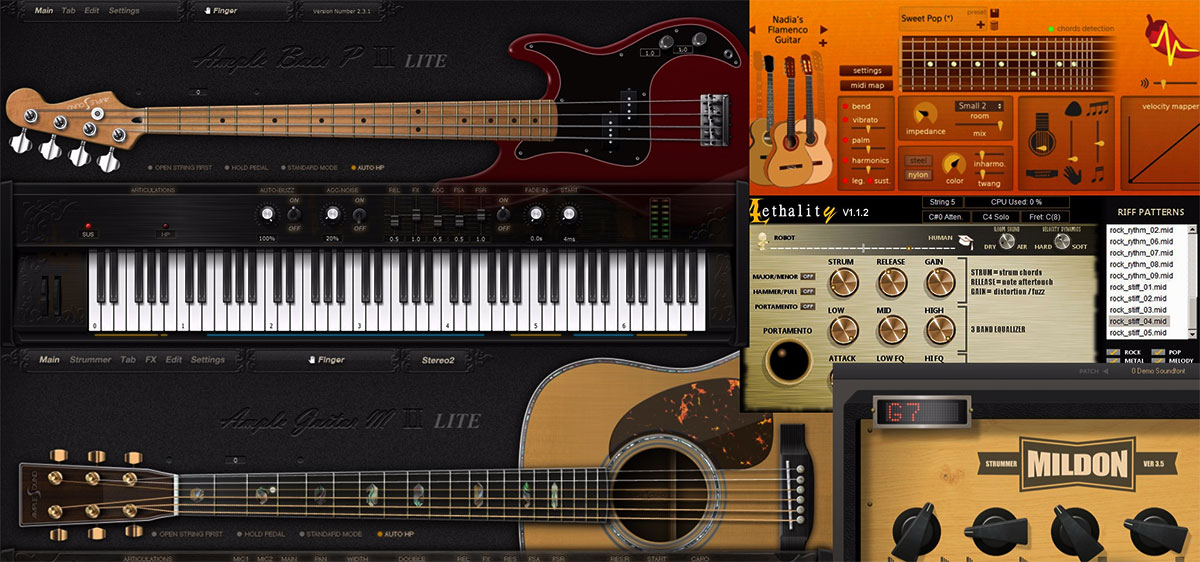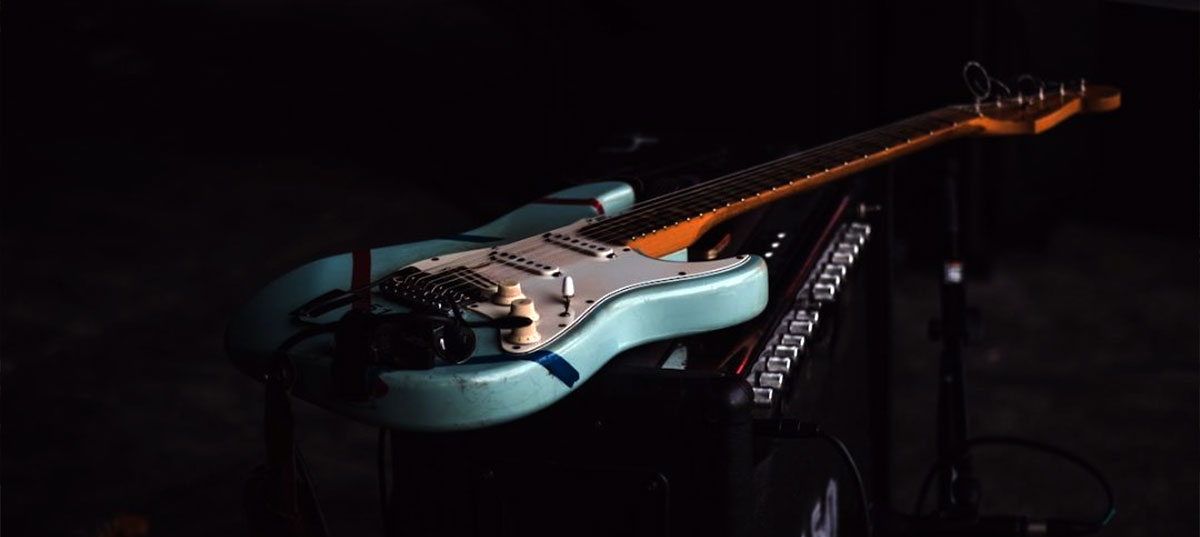
Deciding whether VST for guitars can replace physical guitar amps and pedals is an ongoing dialogue among musicians and sound engineers. There's no definite solution - but looking into the strengths and weaknesses of each option has to be a part of your deliberation process
On the one hand, there's nothing quite like VST plugins when it comes to customizing your sound - no physical amplifiers or pedals can match their level of flexibility. On the other hand, you have full control over every aspect of the tone, from amp models to EQs and effects, allowing you to experiment with all types of sounds without spending money on extra gear or lugging around heavy equipment. With a VST plugin, you can masterfully create whatever musical style you desire!
In contrast, many guitarists find physical amps and pedals to be a preferred option. They look for qualities such as the warm, organic sound of a tube amp or the responsiveness of an overdrive pedal. Even more so than that, in some scenarios, only certain pieces can produce certain sounds or effects. So for those players looking for something specific out of their gear - sometimes nothing but analog is going to do!
Furthermore, it's important to consider the practicality of VST plugins. You would need a computer or other digital device to run them, which may be impractical for live performances. On the flip side, physical amps and pedals are crafted with versatility in mind – they can be used anywhere from cozy bars to sold-out arenas!
Ultimately, it boils down to your style of playing and preferences as a guitarist; some may favor the ease-of-use, and digital adaptability plugins bring, while others might choose for the sound quality physical amplifiers or pedals provide. Of course, there's no definitive answer here - like many things in music, you'll have to experiment until you get that unique blend of elements that works best for you.

Can I use VST plugins live on stage?
Embracing VST plugins for a live show is quickly becoming the norm, particularly with software-based amp simulators and effects processors. However, when utilizing VSTs in this manner, it's important to consider certain considerations.
To start, you'll require a laptop or desktop computer capable of running VST plugins in real-time. Additionally, consider investing in a specialized digital signal processor (DSP) if you need more power to run multiple plugins simultaneously. Finally, guaranteeing your device's reliability and the appropriate processing speed will ensure it can manage all your plugin needs without any issues.
Third, stability and reliability are paramount. Make sure to give your equipment a thorough trial before performing and have alternate plans in case of an emergency. Moreover, latency is important as it can profoundly affect the timing and feel when playing with VST plugins live.